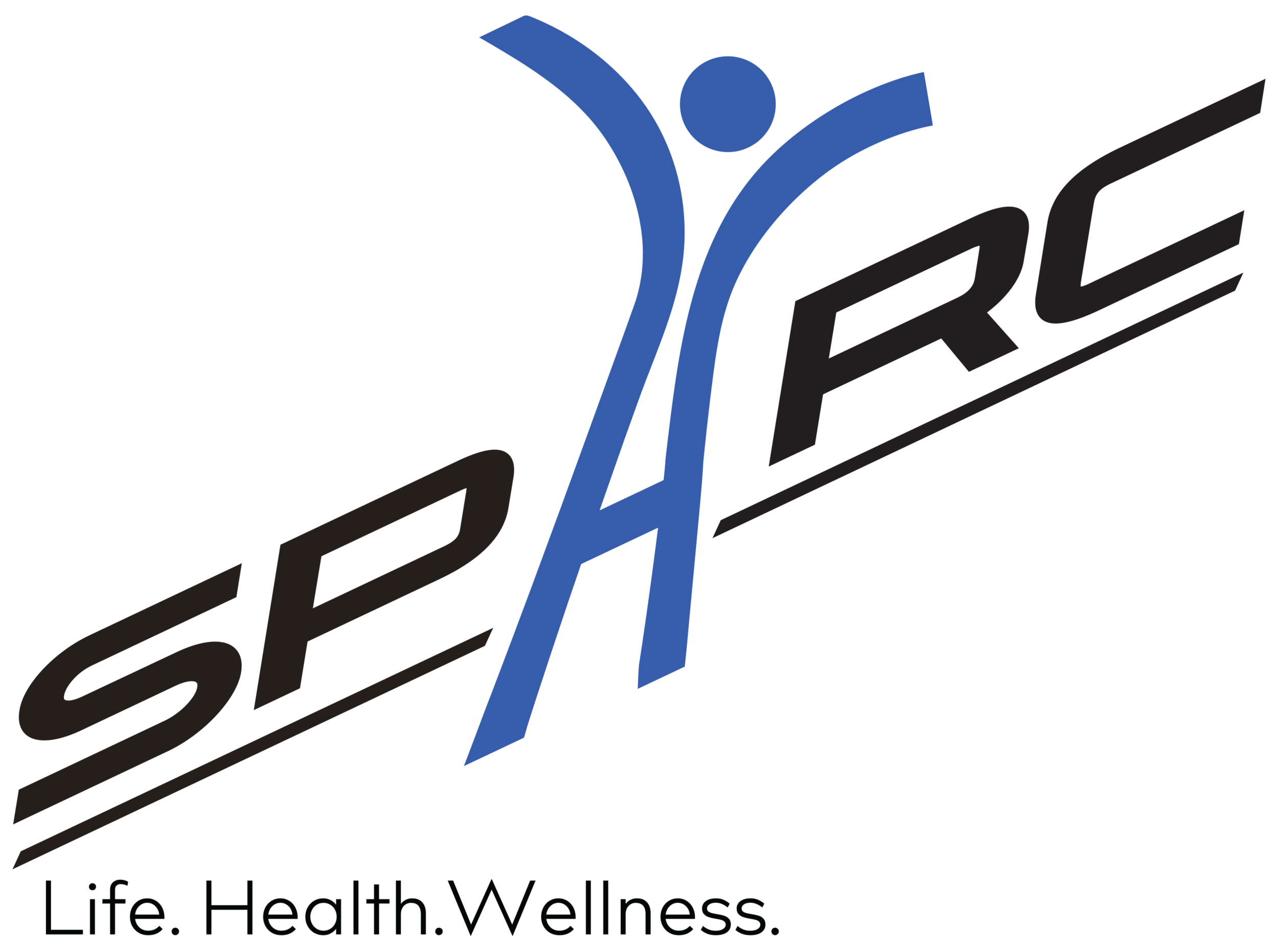How to Get the Most Out of a Functional Restoration Program
Participating in a functional restoration program (FRP) is a large commitment and it usually takes a lot of time and hard work. People enter a functional restoration program at all sorts of points in their lives. Although all who participate have chronic pain, they may experience varying degrees of physical function, injury history, anxiety and/or depression. If you’re considering an FRP or about to start one, there are a few things you can do to get the most out of your experience. All FRP’s want to help you holistically and improve the quality of your life! You too can contribute to your success and get the most out of the program as possible!
1. Trust those working with you. Trusting people you don’t know can be scary, especially when you are trying to avoid a flare-up. Movement, especially exercise, can seem intimidating. However, we understand that you may be feeling nervous and we want to help you start slowly. Although it may be a bit uncomfortable at first, movement does help long term and is one of the first steps to restoring function. Try to approach the activities with an open mind and communicate with your professional about how you are feeling. Giving yourself to the process often breeds the best results. :)
2. Be patient with yourself. You may be reminiscing about the days when you had no physical limitations. Your current physical condition may frustrate you and movements that once felt ‘simple’ may now be more challenging than expected. That is totally normal. The level of fitness you enter the program with will not be the same level of fitness as when you leave. As long as you give your best effort you will make improvement. Be patient with yourself, allow yourself to make mistakes and keep the big picture in mind.
3. Be open to change. Change can present a challenge for most of us. You may be used to doing things a certain way or living a certain lifestyle. A good functional restoration program is going to promote a lifestyle that centers on being active, healthy and caring for one’s self. This may entail some difficult changes but will ultimately lead to better quality of life and much better management or improvement of your pain.
4. Flare-ups are ok. For those with chronic pain, flare-ups are a four letter word. No one wants you to flare up. However, occasionally flare-ups do happen while you are attending an FRP. Do not despair. It does not mean you are weak or that you are not improving. Remember, flare-ups are a result of the nervous system being agitated. It takes time and consistency to make lasting improvements to the nervous system. Instead, view a flare-up as a learning opportunity and a chance to apply the new pain management techniques you have learned.
5. Stay positive! As the saying goes, “attitude, not aptitude, determines altitude”. Success in all areas of life, including managing chronic pain, is most dependent on our attitude. A positive mindset can do much to keep you motivated even under challenging circumstances. How many times in life do adults get a chance to spend multiple hours each day focusing on improving the quality of their life? Not many unfortunately. So keep it in perspective; you are getting a great opportunity to help yourself live a long and happy life!
